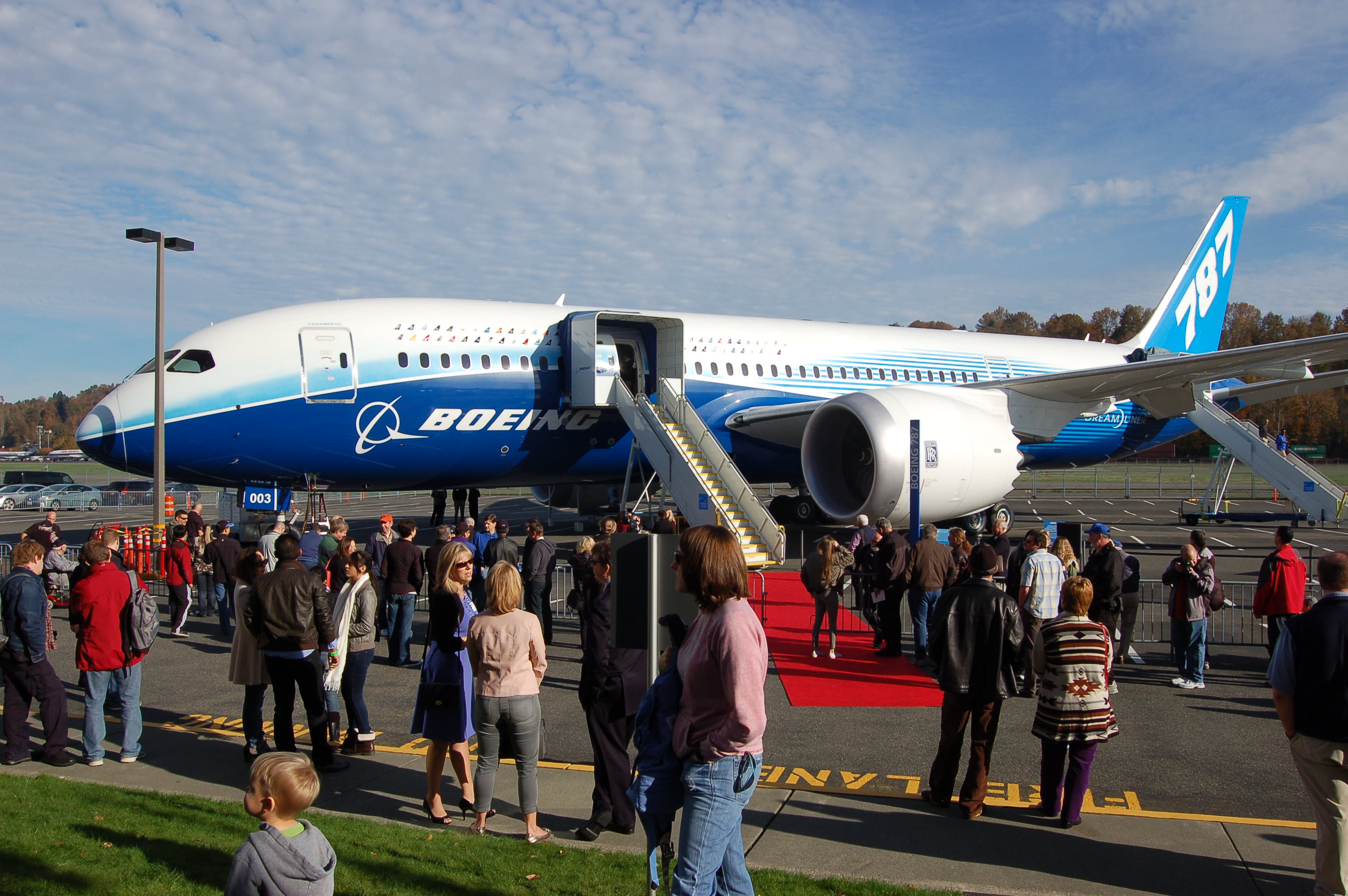
Boeing announced last week that the company would take an after-tax charge of $536 million ($0.77 per share) in the quarter related to higher costs in the company’s KC-46A tanker program for the U.S. Air Force. As a result, the company has lowered its full-year adjusted EPS guidance from a prior range of $8.20 to $8.40 to a new range of $7.70 to $7.90 per share. The company said strong performance offset $0.27 of the full-year $0.77 per share cut.
Operating cash flow in the second quarter totaled $3.3 billion, up from $1.81 billion in the same quarter a year ago. For the first half of the year, Boeing’ operating cash flow totaled $3.39 billion. For the company to reach its target of $9 billion will take some magic in the last half of the year.
ALSO READ: FedEx Places $10 Billion Order for Boeing Freighters
During the quarter, the company repurchased 14 million shares for $2 billion, leaving $7.5 billion remaining in the current buyback program, which is expected to be completed over approximately the next two years. The company also paid $600 million in dividends in the quarter, an increase of about 25% compared to the same period last year.
Boeing delivered 197 new commercial aircraft in the second quarter and took orders for a net 171 more planes. Operating margin dropped to 7.1% from 10.8% compared with the first quarter a year ago, due to the apportioning of $513 million pretax charge to the commercial division for the KC-46A delays. Earnings from commercial aircraft sales fell by 22% in the quarter.
The commercial aircraft backlog totals nearly 5,700 airplanes with a value of $431 billion.
In addition to the cut to EPS guidance resulting from the $536 million charge, Boeing also lowered its guidance for the commercial division’s operating margin from a prior range of 9.5% to 10.0% to a new level of about 9.0%. The full-year cash flow projection has remained at $9 billion. Operating margin guidance in the defense and space division was lowered from a range of 9.75% to 10.0% to a new level of about 9.5%.
Boeing’s deferred production costs appear to have declined from around $29 billion in the second quarter of 2014 to about $26 billion, but that is based on a quick look at the financial statements. Boeing usually gets asked about this number on its conference call because analysts are always curious to know when the company will begin posting a profit on the sale of the 787. More on this later.
ALSO READ: 4 Top Integrated Device Chip Makers to Buy Now
Boeing’s shares traded up about 1.8% in premarket trading Wednesday, at $147.66 in a 52-week range of $116.32 to $158.83. The consensus target price for the shares was $163.55 before the report.
Get Ready To Retire (Sponsored)
Start by taking a quick retirement quiz from SmartAsset that will match you with up to 3 financial advisors that serve your area and beyond in 5 minutes, or less.
Each advisor has been vetted by SmartAsset and is held to a fiduciary standard to act in your best interests.
Here’s how it works:
1. Answer SmartAsset advisor match quiz
2. Review your pre-screened matches at your leisure. Check out the advisors’ profiles.
3. Speak with advisors at no cost to you. Have an introductory call on the phone or introduction in person and choose whom to work with in the future
Thank you for reading! Have some feedback for us?
Contact the 24/7 Wall St. editorial team.
